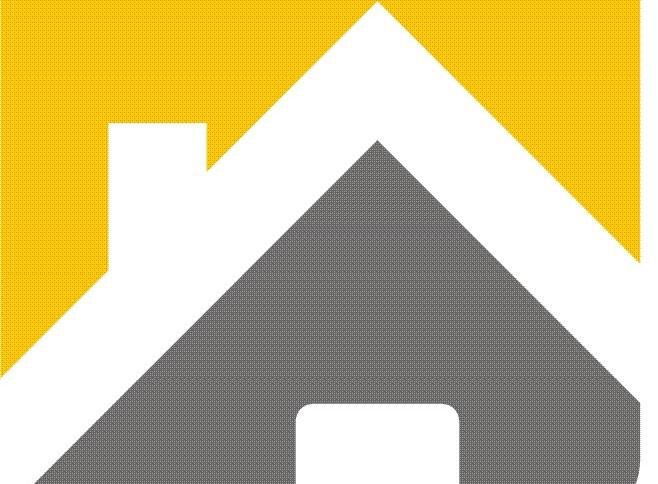HOW THE INTERNET OF THINGS WILL ENABLE SENIORS TO STAY IN THEIR HOMES LONGER
Ninety percent of adults over the age of 65 report that they would prefer to stay in their current residence as they age. Livability can be optimized through the incorporation of universal design principles. One-third of American households are home to one or more residents 60 years of age or older.
Cheerful senior couple making faces and having fun while taking a selfie with smart phone.
Technology can be an enabler for aging in place. There are four categories of technology that may help seniors stay in their home longer: Communication and Engagement, Health and Wellness, Learning and Contribution, and Safety and Security.
Emerging sensor and connectivity technology has made possible the development of a new generation of monitoring systems that don’t require the person being monitored (the resident) to wear a device. Instead, networks of sensors within the home connect to a cloud-based algorithm that learns the daily living patterns of the resident. The algorithm recognizes if there is a deviation that may require sending an alert to a smart phone or social media app so someone can take action, or at least pay closer attention.
The behavior patterns that Internet of Things (IoT) monitoring systems are able to detect and learn include these activities:
location of the resident within the home
light sources being used
bed time and awakening time
television watching
cooking
bathroom usage
leaving the home and returning
heating or air conditioning temperature and adjustments
As you can see, all of these depend on either motion or an electric appliance or source being utilized, which pretty much encapsulates everyone’s home life. Surely anything that can reduce the astronomical number of human caregivers that would be needed over the next few decades to care for the exploding elderly demographic is welcome.

